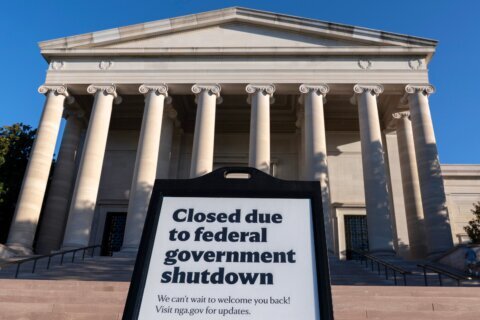In Northern Virginia, suburban Maryland and the District, many cars were swamped when Monday morning’s torrential rains turned roadways into flowing rivers. Homes and businesses, too, suffered damage from the flash flooding.
While the majority of drivers are likely to recover damages under their auto insurance policies, most homeowners do not have flood insurance and most business insurance policies don’t cover losses from floods.
“So long as you have the optional comprehensive coverage on an auto insurance policy you’re going to be covered for a flooded vehicle. On average, in the United States, four out of five drivers opt to buy this coverage,” said Michael Barry, the director of public affairs for Insurance Information Institute. “I see some of these vehicles are going to be a total loss.”
For insurance industry professionals, Monday’s images of people standing atop flood-swamped cars and the vast damage the rain left behind were reminiscent of recent summers in the deep South, not D.C.
“Normally when I’m talking about this, it’s usually because something happened near the Mississippi River or there was a heavy rainfall in New Orleans,” Barry said.
Barry suggested vehicle owners contact take photos using their smartphones and ask their insurance agent to file a claim.
While drivers may be OK, Barry said just 10-to-12 percent of homeowners are covered by flood insurance. Most flood insurance for homes is generally sold to property owners in flood zones, where the lender requires the homeowner to buy the policy.
However, if a tree fell on your residence or business, that’s generally covered by homeowners or business insurance policies.
“Let’s say the tree fell on the house because of a wind storm, that’s covered under a standard homeowner’s insurance policy,” Barry said. “And any water that came in because of that tree falling on the house, that’s going to be covered as well.”








